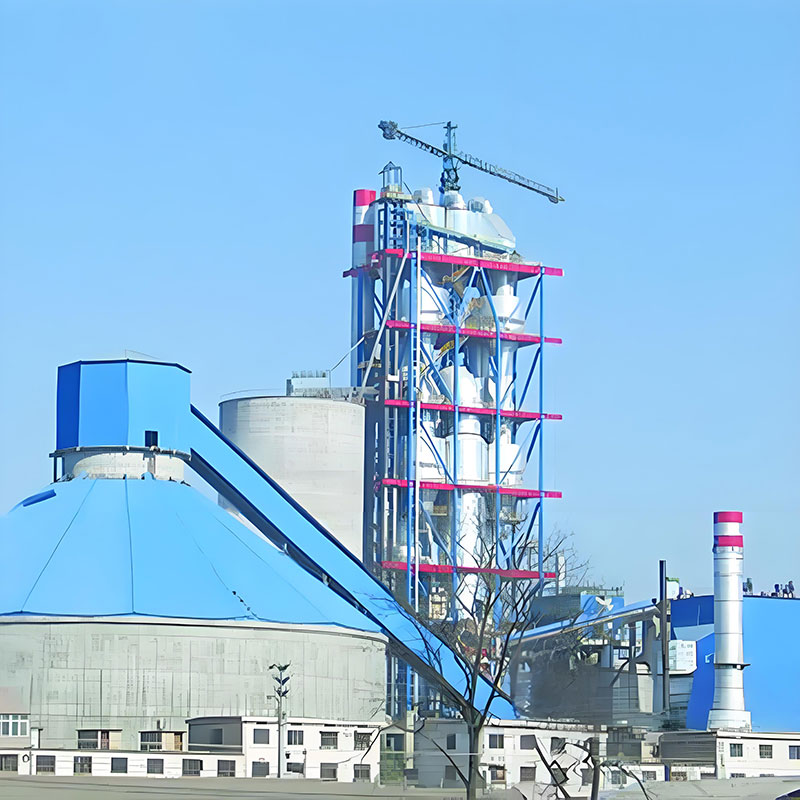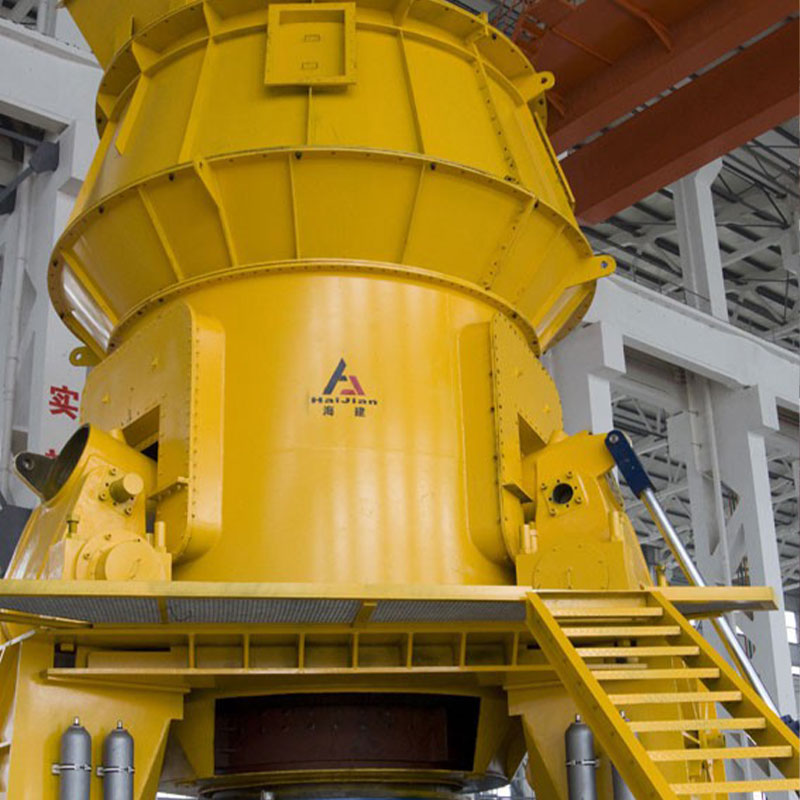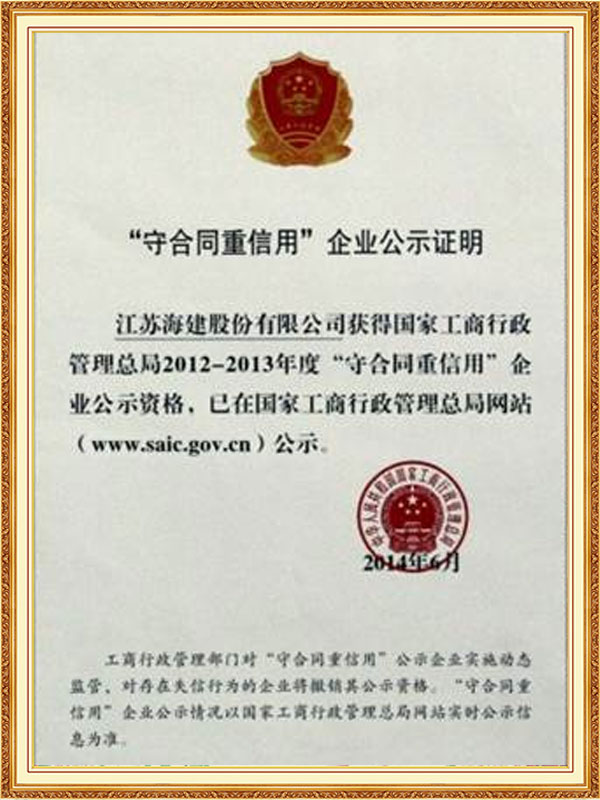Jiangsu Haijian Co., Ltd is a professional China Lithium carbonate Laterite nickel ore roasting kiln Manufacturers and Lithium carbonate Laterite nickel ore roasting kiln Company. We provide professional cement production equipment, industrial solid waste incineration equipment, and professional equipment for mining and metallurgical applications.We are a major manufacturing enterprise, a key backbone enterprise, and a primary export base for cement, power, environmental protection, and metallurgical and mining equipment in China. The company has the legal rights to independently manage the import and export of its products and is legally authorized to undertake general contracting for foreign projects.
-

Professionalism
-

Quality
-

One stop solution



News Center
News Updates
-
Admin 2025-12-09
Common Faults and Solutions of Cement Production Lines
A cement production line is a complex system encompassing multiple stages, including raw material crushing, mixing, calcining, cooling, and grinding. Each stage requires precise control and coordination, and any malfunction in any stage can affect the efficiency and product quality of the entire pro...Read More -
Admin 2025-12-02
How to Improve the Production Efficiency of a Cement Production Line?
The cement production line is a crucial link in cement manufacturing, encompassing the entire process from raw material mining to final product production and packaging. With the ever-increasing market demand for cement products, improving the production efficiency of cement production lines has bec...Read More -
Admin 2025-11-25
What factors affect the quality stability of a cement production line?
In today's increasingly competitive cement industry, the stability of cement quality has become a key factor for enterprises to survive in the market. For cement production lines, quality is not determined by a single link, but involves multiple factors such as raw materials, equipment, processes, o...Read More
Industry knowledge
A laterite nickel ore roasting kiln is a high-temperature calcining facility used to process laterite nickel ore, primarily for the production of nickel-iron alloys. This equipment features high-temperature and corrosion resistance, making it suitable for processing laterite nickel ore with a high magnesium-to-lithium ratio and complex composition. Furthermore, it is equipped with a waste heat recovery system to reduce energy consumption and achieve environmentally friendly emissions. A lithium carbonate laterite nickel ore roasting kiln is a core piece of equipment designed for the processing of laterite nickel ore and lithium-containing minerals. High-temperature roasting decomposes and transforms the minerals, creating favorable conditions for subsequent hydrometallurgical or acid leaching processes.
The lithium carbonate laterite nickel ore roasting kiln operates on the dual effects of high-temperature calcination and chemical reactions. Laterite nickel ore typically contains metal oxides such as nickel, cobalt, and iron, while lithium-containing minerals (such as spodumene and lepidolite) require roasting to alter their crystal structure to enhance lithium leaching. The roasting kiln operates at high temperatures (typically 800°C to 1200°C) through precisely controlled temperature, atmosphere (oxidizing or reducing), and residence time to induce decomposition, redox, or phase transition reactions in the minerals. For example, nickel and cobalt oxides in laterite nickel ore can be converted into more easily leached forms under a reducing atmosphere, while lithium minerals undergo calcination to destroy their original structure, making the lithium more accessible for subsequent acid leaching.
This equipment can improve metal recovery rates in industrial production, increasing nickel, cobalt, and lithium leaching rates by 10% to 30% compared to traditional processes, significantly reducing resource waste. Furthermore, the roasting kiln can adjust the temperature profile and atmosphere control based on the mineral properties, adapting to the processing needs of laterite nickel or lithium ores with different compositions. Jiangsu Haijian Co., Ltd. is a professional lithium carbonate laterite nickel ore roasting kiln manufacturer and company. Our laterite nickel ore roasting kilns align with the development trend of green metallurgy. Regarding environmental performance, advanced dust removal and exhaust gas treatment equipment effectively control emissions of harmful gases such as sulfur dioxide and nitrogen oxides, meeting strict environmental standards.
When selecting a lithium carbonate laterite nickel ore roasting kiln, it is important to comprehensively consider the mineral properties, production scale, and process requirements. For ores with a high magnesium-to-lithium ratio, high-temperature, strong oxidative roasting is preferred to ensure the full release of lithium. For low-grade laterite nickel ore, reductive roasting is more conducive to the enrichment of nickel and cobalt. As a key step in metal extraction, lithium carbonate laterite nickel ore roasting kilns not only improve resource utilization but also promote the sustainable development of the metallurgical industry through technological innovation.


 English
English  русский
русский  Español
Español 


















